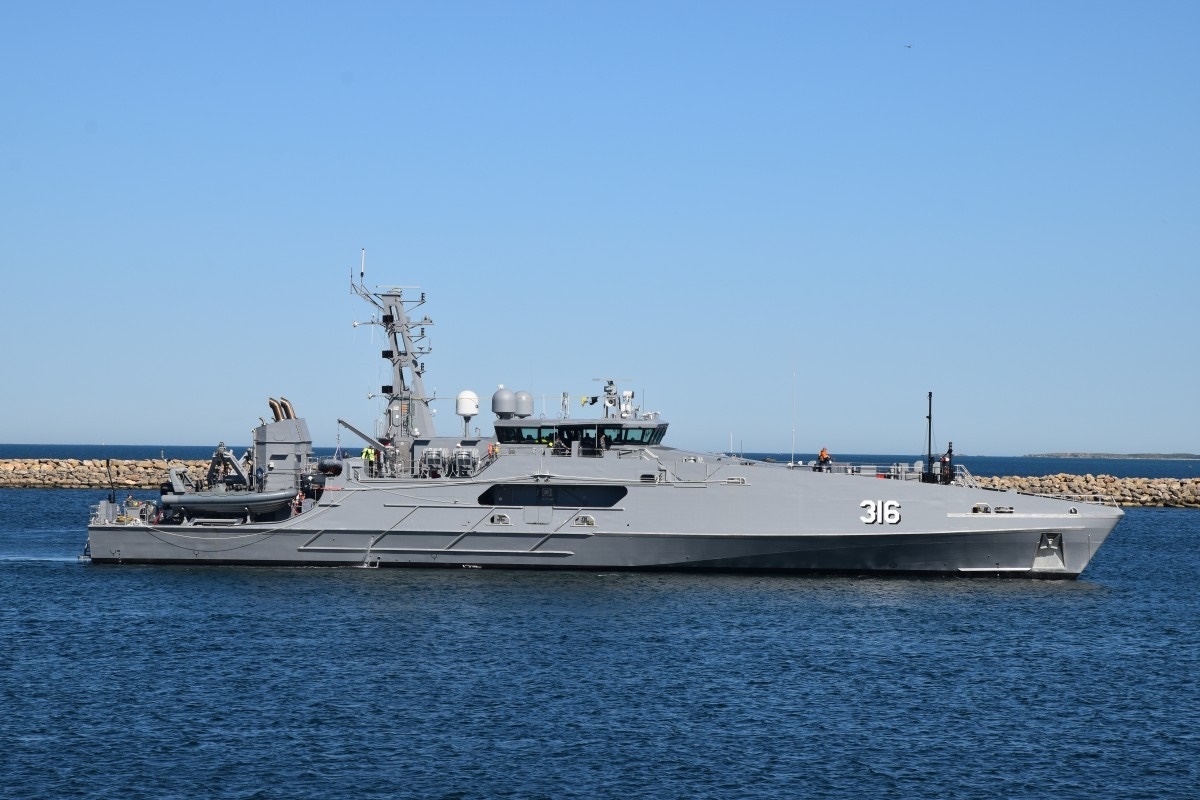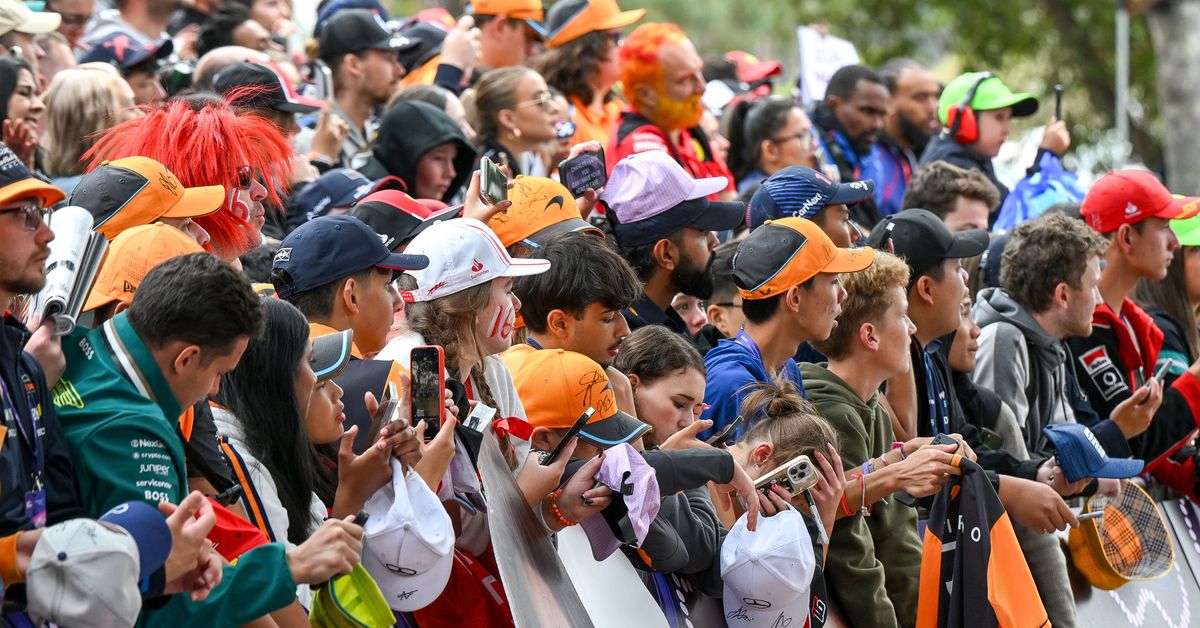Foreign agriculture giant acquires Australia’s biggest cotton ginning company for $160 million

- by Admin
- October 17, 2024
A foreign agricultural giant has acquired Australia’s oldest and biggest cotton ginning business for about $160 million, ending almost a year of bidding wars and intervention by the competition watchdog.
French company Louis Dreyfus Company (LDC) today announced it had bought 93 per cent of Namoi Cotton’s shares, giving it a major foothold in Australia’s cotton industry.
The companies were already involved in a joint venture and Namoi stated that a merger was the preferred option following its strategic review in June 2023.
‘Ginning’ involves receiving raw cotton from growers and separating the cotton lint from cottonseed.
Namoi chief executive Tim Watson said the board was “comfortable” that LDC now owned the company.
“We’re fully supportive of that process, and we’re helping them as much as we can,” Mr Watson said.
“We always felt, as a board, that being part of a bigger organisation such as Louis Dreyfus could only be better for Namoi Cotton’s long-term future.”
The new owner has committed to retaining the Namoi brand and retaining the Toowoomba headquarters and all the key staff, Mr Watson said.
Tim Watson says Namoi Cotton will continue to operate as normal. (Supplied: Namoi Cotton)
Continued investment
LDC managing director for Australia Tony Geitz said it had enjoyed a strong association with Namoi for about 10 years and that it would be “business as usual”.
“We know the business well, we know the value around the brand [and] we appreciate them as being long term business partners,” Mr Geitz said.
“We typically operate within a 10-year cycle in terms of our peaks and lows and it’s very important that we have that ginning infrastructure able to handle larger crops going forward.
“We very much see that as an important thing for the industry in the future, so we’ll continue to invest.”
LDC is one of the world’s “big four” agricultural commodity trading companies alongside US-based Archer Daniels Midland, Bunge, and Cargill.
It and Namoi both supply cotton ginning, cotton-lint classing, logistics and warehousing services in Australia – the world’s sixth biggest producer of cotton in 2023-24, according to the US Department of Agriculture.
Competition concerns
The lengthy corporate battle kicked off in January when LDC revealed its takeover plans, prompting rival Olam Agri to lodge its own bid two months later.
This drew the attention of the Australian Competition and Consumer Commission (ACCC), which raised concerns that both companies’ acquisition plans would lessen competition in the cotton industry.
In response, LDC and Olam offered court enforceable undertakings that would require them to divest their shares and joint ventures relating to classing and ginning companies.
LDC operates two cotton gins in Queensland and one in New South Wales and also supplies cotton warehousing and logistics services there.
It also holds a 20 per cent interest in classer, ProClass, and has a joint venture with WANT Cotton for the operation and management of a cotton gin near Katherine in the Northern Territory.
A new cotton gin near Katherine, NT (ABC Rural: Matt Brann)
LDC agreed to divest those shares and joint venture.
Olam withdrew its bid earlier this month, clearing the path for LDC.
Namoi operates ten cotton gins across NSW and Queensland and is involved in two gin joint ventures in NSW.
It also has a 17 per cent interest in the Kimberley Cotton Company, which will operate a cotton gin in Kununurra, Western Australia, when it opens in July 2025.
The ACCC recently concluded LDC’s divestiture meant it would not have sufficient market power to restrict or negatively impact rival merchants’ access to cotton lint.
It also found the company would not be able to limit access to or increase prices for warehousing services for the export of cotton out of the Port of Brisbane.
The Latest News
-
October 17, 2024Why Many Australians Aren’t Looking Forward To King Charles’ Visit
-
October 17, 2024NFL Launches Dedicated Australian Shop Site for Growing Fanbase – Ministry of Sport
-
October 17, 2024Leah Blayney and Kat Smith graduate from the AIS National Generation 2032 Coach Program
-
October 17, 2024Celebrity Match with Chris Judd
-
October 17, 2024AO StartUps Opens Final Intake for 2024 Summer Innovations – Ministry of Sport



